Go to Actions > Invoices > Invoice Center.
Expand Batches or Single Invoices to find the invoice information you would like to import into QuickBooks.
Right-click on the batch or invoice.
Select Export then the QuickBooks file format you would like.
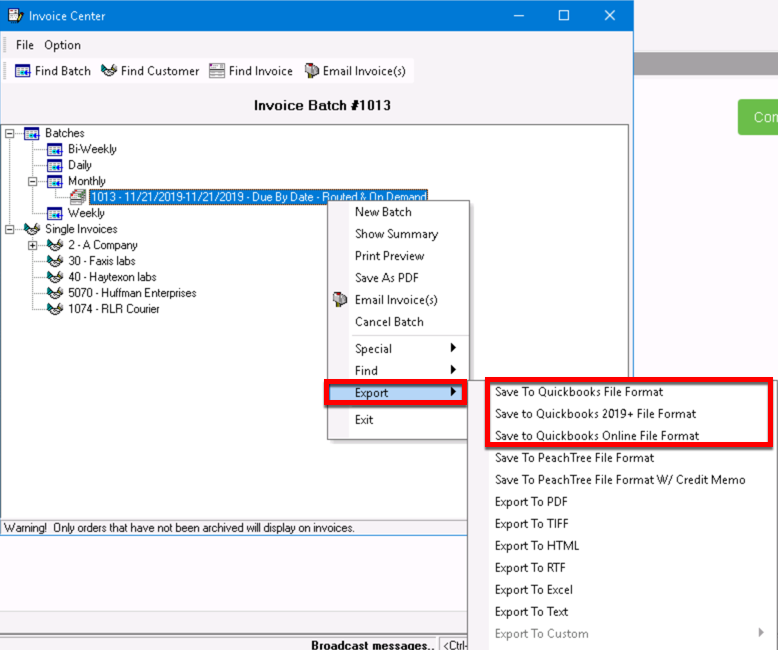
You can export invoiced information for QuickBooks. The format for the customer name in the exported file will be <Customer Name> <Customer ID>. For example, "Test Customer 1001".
The customer name in QuickBooks must match the customer name generated by the export, otherwise, QuickBooks will try to create a duplicate customer. |
Save to QuickBooks Online File Format requires the QuickBooks Online Plus or QuickBooks Online Advanced plan. |
Go to Actions > Invoices > Invoice Center.
Expand Batches or Single Invoices to find the invoice information you would like to import into QuickBooks.
Right-click on the batch or invoice.
Select Export then the QuickBooks file format you would like.

Quick Tip: If you need more help with importing into QuickBooks, see their help section https://quickbooks.intuit.com/learn-support/. |
Use the Save to QuickBooks File Format export option.
In QuickBooks navigate to File > Utilities > Import > IIF Files.
Navigate to the IIF file you would like to import and select Open.
Select OK.
For more information see the QuickBooks support article here.
|
Use the Save to QuickBooks 2019+ File Format export option.
In QuickBooks navigate to File > Utilities > Import > IIF Files.
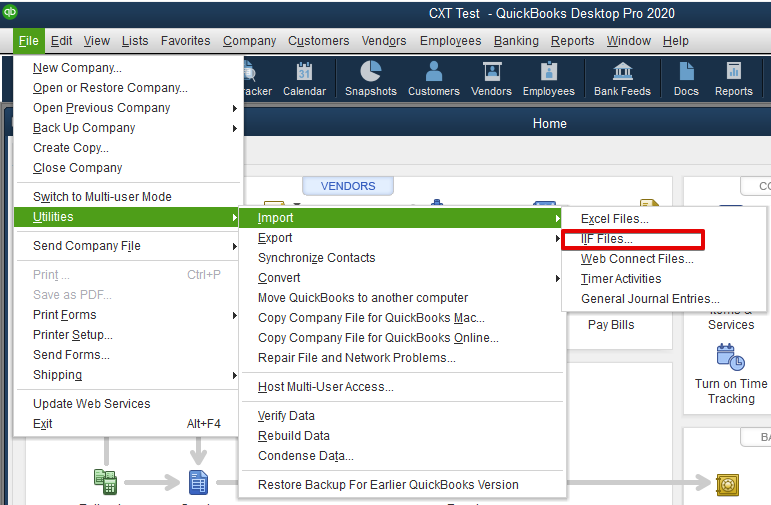
Choose the import option you wish to use.
"Import it for me. I’ll fix it later" link at the bottom - This is the recommended option. Click here to continue to the steps below. This option is recommended because of the overall import success rates.
Import IIF button to import with a data review - This option is not recommended. Click here to continue to the steps below.

This option will work in the same manner as importing for QuickBooks 2018 and below.
Create a backup if desired, then select Import IIF.
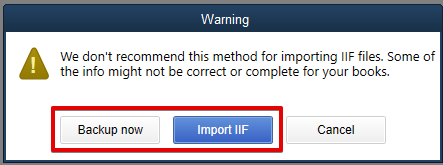
Navigate to the IIF file you would like to import and select Open.
Select OK.
Using this option will include a data review that may cause the import to fail.
Locate the file and select OK.
Once the import is completed, select Done.
If the billing phone number for the customer is too long, then the import will fail with an error. You can resolve this by making sure only a single telephone number is in the billing phone field on the customer record.
If a semi-colon (;) is included in any of the fields exported to the .iif, the import will fail. The most common place a semi-colon will be included on customer records is the billing email since a semi-colon is used to separate emails if there is more than one listed.
For more information see QuickBooks support article here.
The QuickBooks Online export will produce a customers.csv and an invoices.csv. You will only need to use the customers .csv if you have new customers on this invoice that have not been entered into QuickBooks before.
|
Use the Save to QuickBooks Online File Format export option.
In QuickBook Online, go to Sales > Invoices.
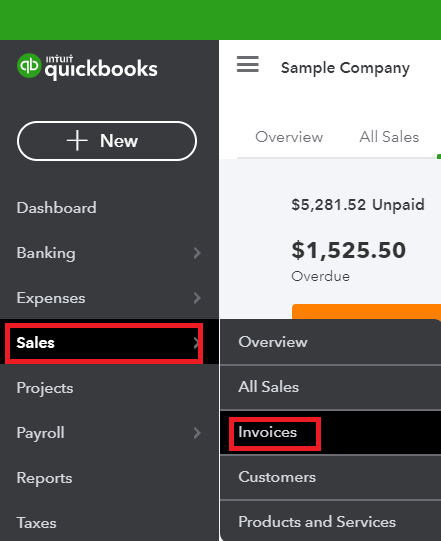
Open the dropdown next to New invoice and then select Import invoices.
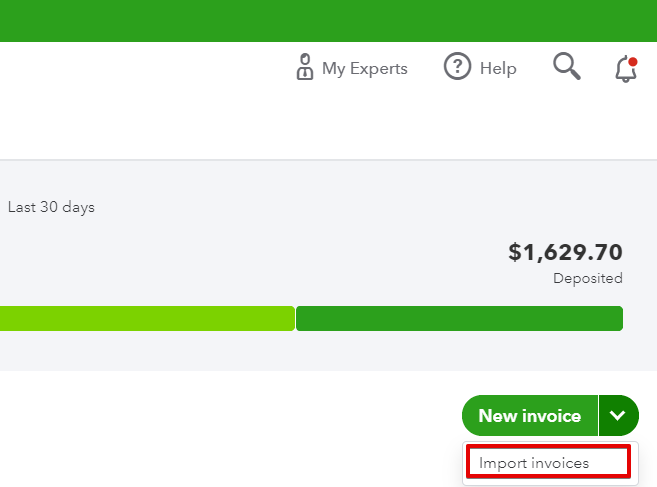
Select Browse.
Navigate to the invoices .csv you would like to import and select Open. You can check Add new customers to QuickBooks if you would like to create new customers in QuickBooks for any customers on the invoice that do not already exist in QuickBooks. We recommend you use the standalone customer import instead as it will import more complete customer information.
Select Next.
Verify the spreadsheet field mapping if desired and select Next.
Select Next for any additional screens that come up regarding verifying information. The terms will be the number of days for billing set on the customer record. For example, a customer with 30 days for billing will have 30 as the term. You will need to create these terms in QuickBooks Online before the import if they have not already been created in QuickBooks Online.
Select Start Import.
Select OK.
For more information see QuickBooks support article here.
|